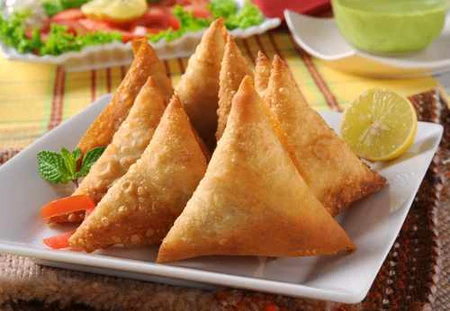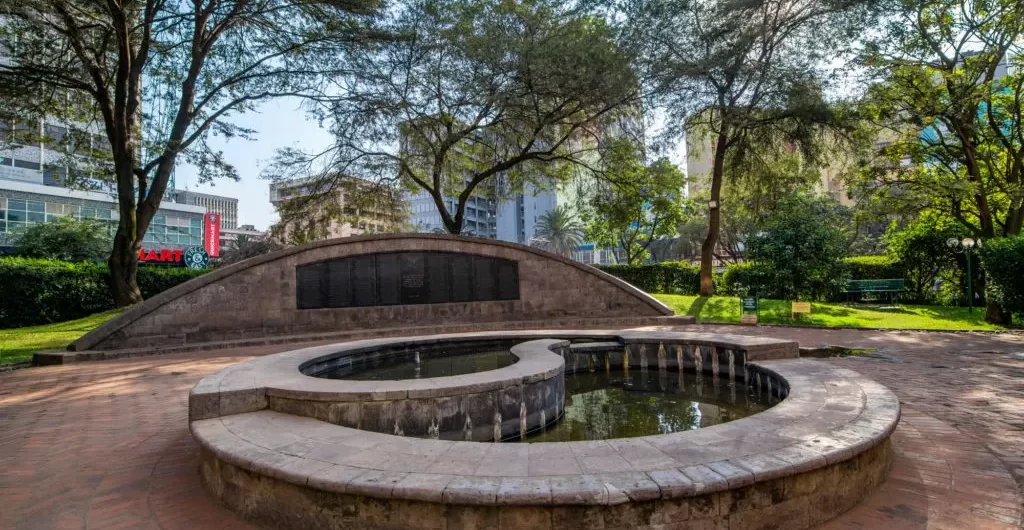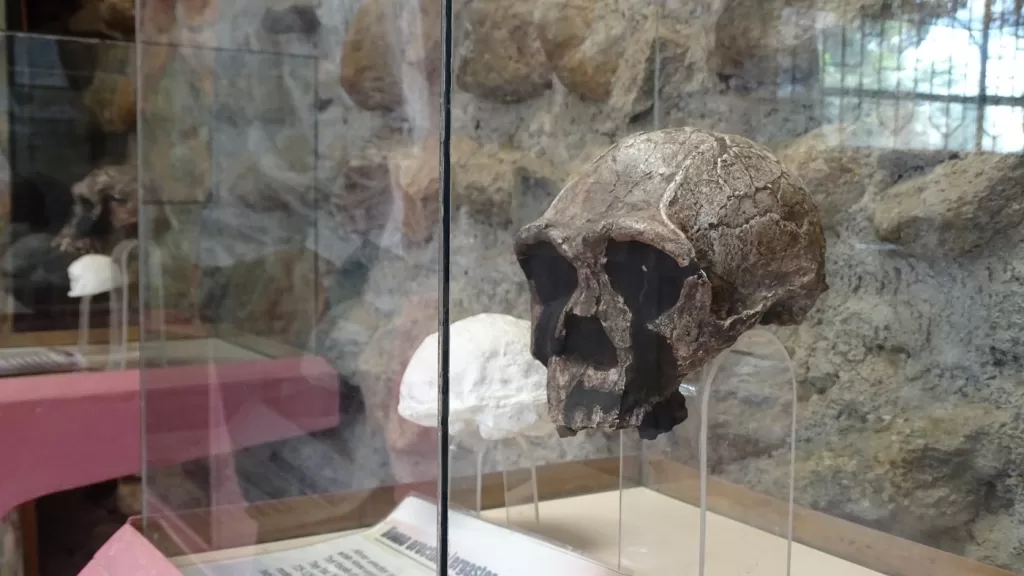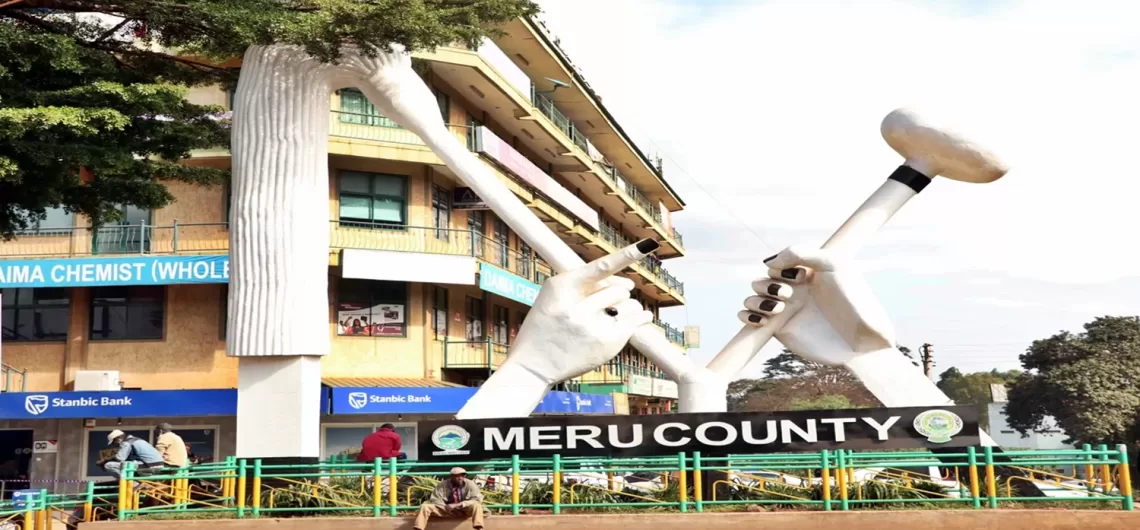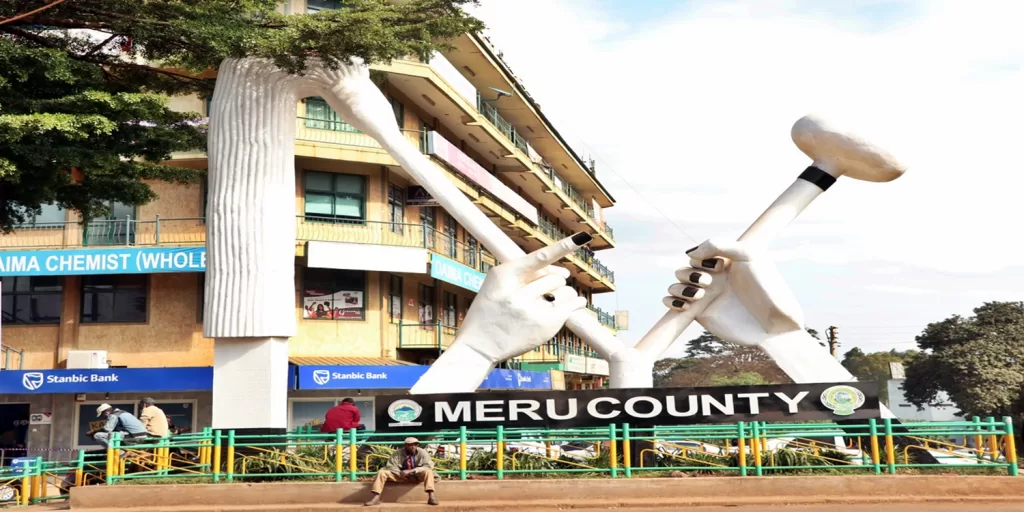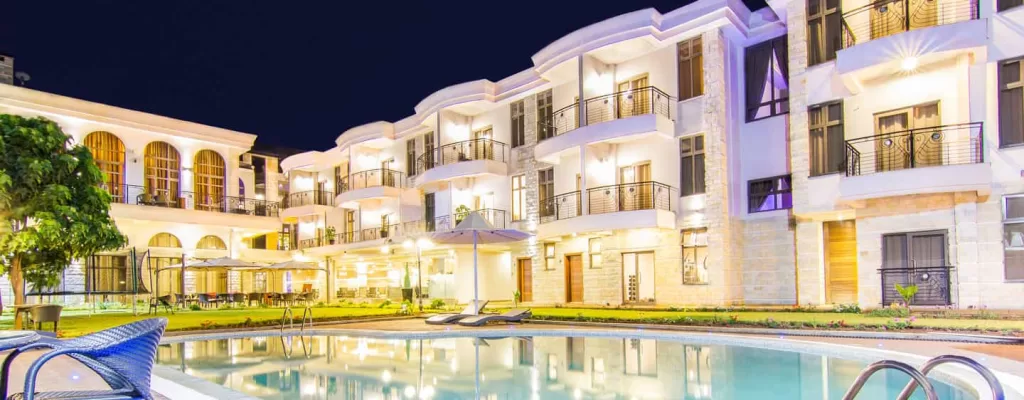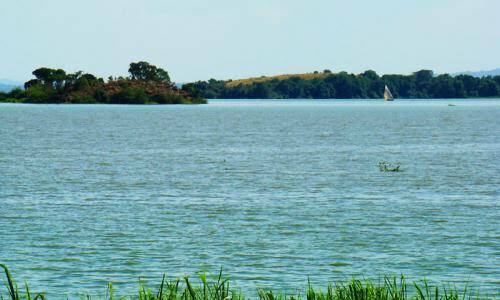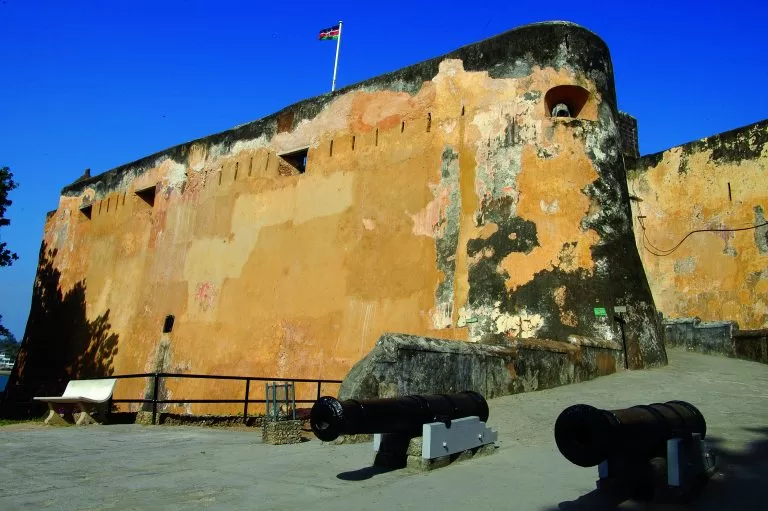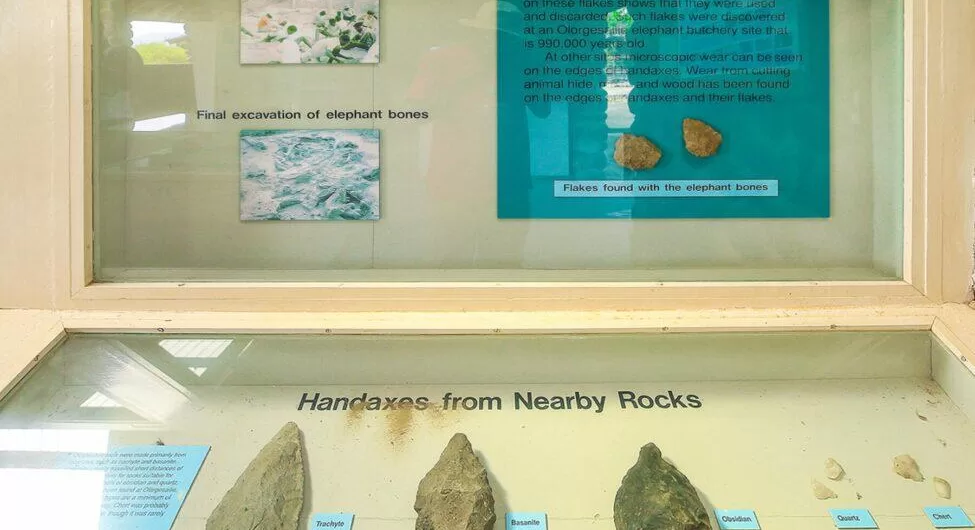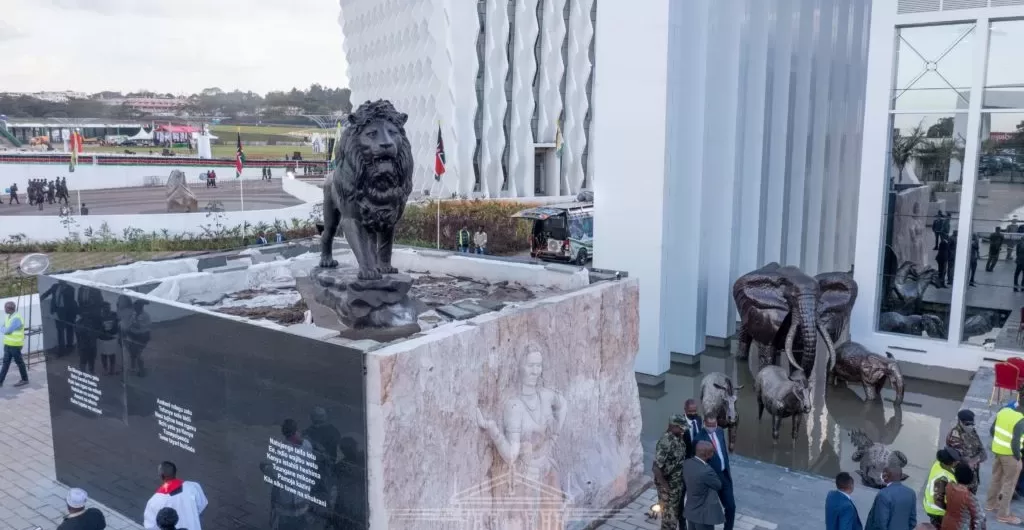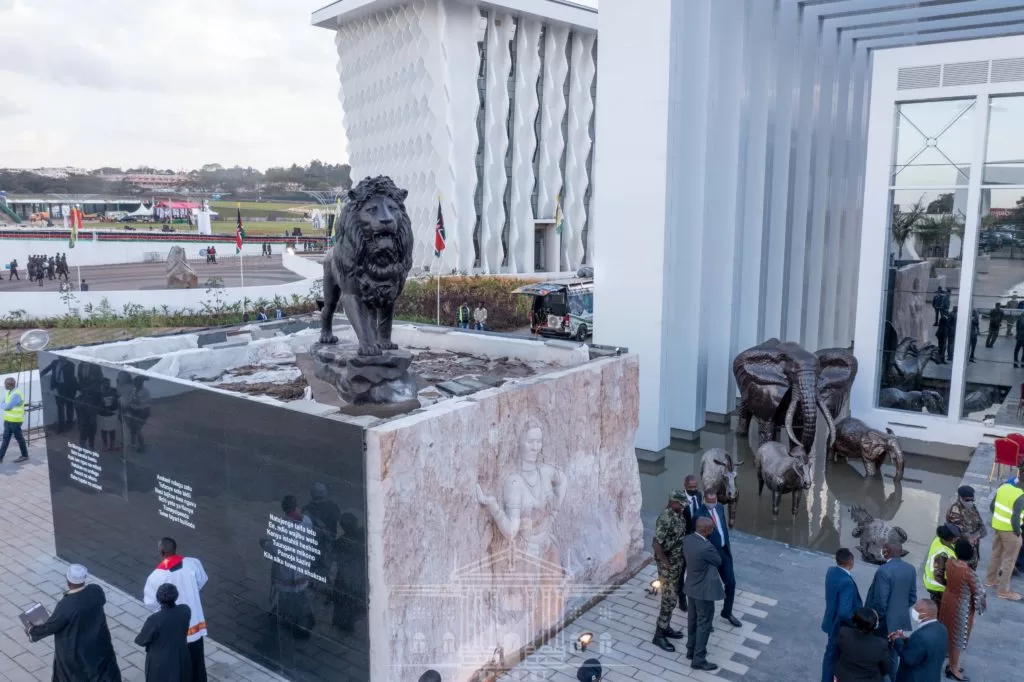About Olorgesailie Olorgesailie is a geological formation in East Africa, at the ground of the Eastern Rift Valley in southern Kenya, 67 kilometers (42m) southwest of Nairobi alongside the street to Lake Magadi. It consists of a collection of Lower Paleolithic archaeological sites. Olorgesailie is stated for the massive variety of Acheulean hand axes determined there which are related to animal butchering. According to the National Museums of Kenya, the unearths are across the world sizable for archaeology, paleontology, and geology. History The artifacts had been first determined via way of means of the British geologist John Walter Gregory in 1919. However, it become now no longer till 1943 that excavation commenced in earnest beneath the path of Mary and Louis Leakey. With the help of paroled Italian prisoners of war. Work persevered there till 1947. Glynn Isaac took up the excavation withinside the 1960s for his dissertation. In the 1980s, studies become persevered via way of means of Richard Potts of the Smithsonian Institution at the side of the National Museums of Kenya. Getting There This goes to be quick as its most effective 70km down the Magadi Road of approximately 1hr 30min from Nairobi CBD. The street to Magadi has currently been redone so 4 wheel drive now no longer necessary. However, be warned your picks to get admission to Magadi Road are nonetheless among Ongata Rongai. In which Nairobi’s site visitors jams are introduced into this global kicking and screaming. Or the Ngong Town – Kiserian street that eats shocks for breakfast. Things to do/ Attractions Museum and site walk to see the actual site and the discoveries made here. Bird watching- the site is a bird watcher’s paradise citing the highest number of migratory bird species in Kenya. Mountain climbing- Mt. Olorgesailie was named after a
About Olorgesailie
Olorgesailie is a geological formation in East Africa, at the ground of the Eastern Rift Valley in southern Kenya, 67 kilometers (42m) southwest of Nairobi alongside the street to Lake Magadi.
It consists of a collection of Lower Paleolithic archaeological sites. Olorgesailie is stated for the massive variety of Acheulean hand axes determined there which are related to animal butchering.
According to the National Museums of Kenya, the unearths are across the world sizable for archaeology, paleontology, and geology.
History
The artifacts had been first determined via way of means of the British geologist John Walter Gregory in 1919. However, it become now no longer till 1943 that excavation commenced in earnest beneath the path of Mary and Louis Leakey.
With the help of paroled Italian prisoners of war. Work persevered there till 1947. Glynn Isaac took up the excavation withinside the 1960s for his dissertation.
In the 1980s, studies become persevered via way of means of Richard Potts of the Smithsonian Institution at the side of the National Museums of Kenya.
Getting There
This goes to be quick as its most effective 70km down the Magadi Road of approximately 1hr 30min from Nairobi CBD. The street to Magadi has currently been redone so 4 wheel drive now no longer necessary.
However, be warned your picks to get admission to Magadi Road are nonetheless among Ongata Rongai. In which Nairobi’s site visitors jams are introduced into this global kicking and screaming. Or the Ngong Town – Kiserian street that eats shocks for breakfast.
Things to do/ Attractions
- Museum and site walk to see the actual site and the discoveries made here.
- Bird watching- the site is a bird watcher’s paradise citing the highest number of migratory bird species in Kenya.
- Mountain climbing- Mt. Olorgesailie was named after a renown Maasai elder who used to meditate and hold meetings with village elders up the mountain. On average it takes 3 hours to ascend and the same to descend best climbed from 5:00 am.
- Camp site- affordable camping facilities available.
- Picnic site
- Baboon camp- congregation of baboons in the evening 1 km from the campsite.
Rates
Citizen Adult : Ksh.300 Child (below 16 years) : Ksh.200
Residents & EA Adult: Kshs. 400 Child (below 16 years): Ksh.250
Non-Resident Adult: Kshs. 600 Child (below 16 years): Kshs. 300
BANDAS
Deluxe Bandas
Citizen Single: Kshs. 1,200 Double: Kshs. 1,500
Residents and EA Single: Kshs. 1,500 Double: Kshs. 1,800
Non-Resident Single: Kshs. 1,800 Double: Ksh.2,000
Standard Bandas
Citizen Single: Kshs 1,000 Double: Kshs. 1,200
Residents and EA Single: Kshs. 1,200 Double: Kshs. 1,500
Non-Resident Single: Kshs. 1,500 Double: Kshs. 1,800
Other Charges
Mountain Guide fees: Maximum 5pax per guide: Ksh.5,000
Baboon Camp Guide fee: Kshs. 500 per person
Picnic fees per person: Adult Kshs. 200, Child (below 16 years):Kshs. 100.
